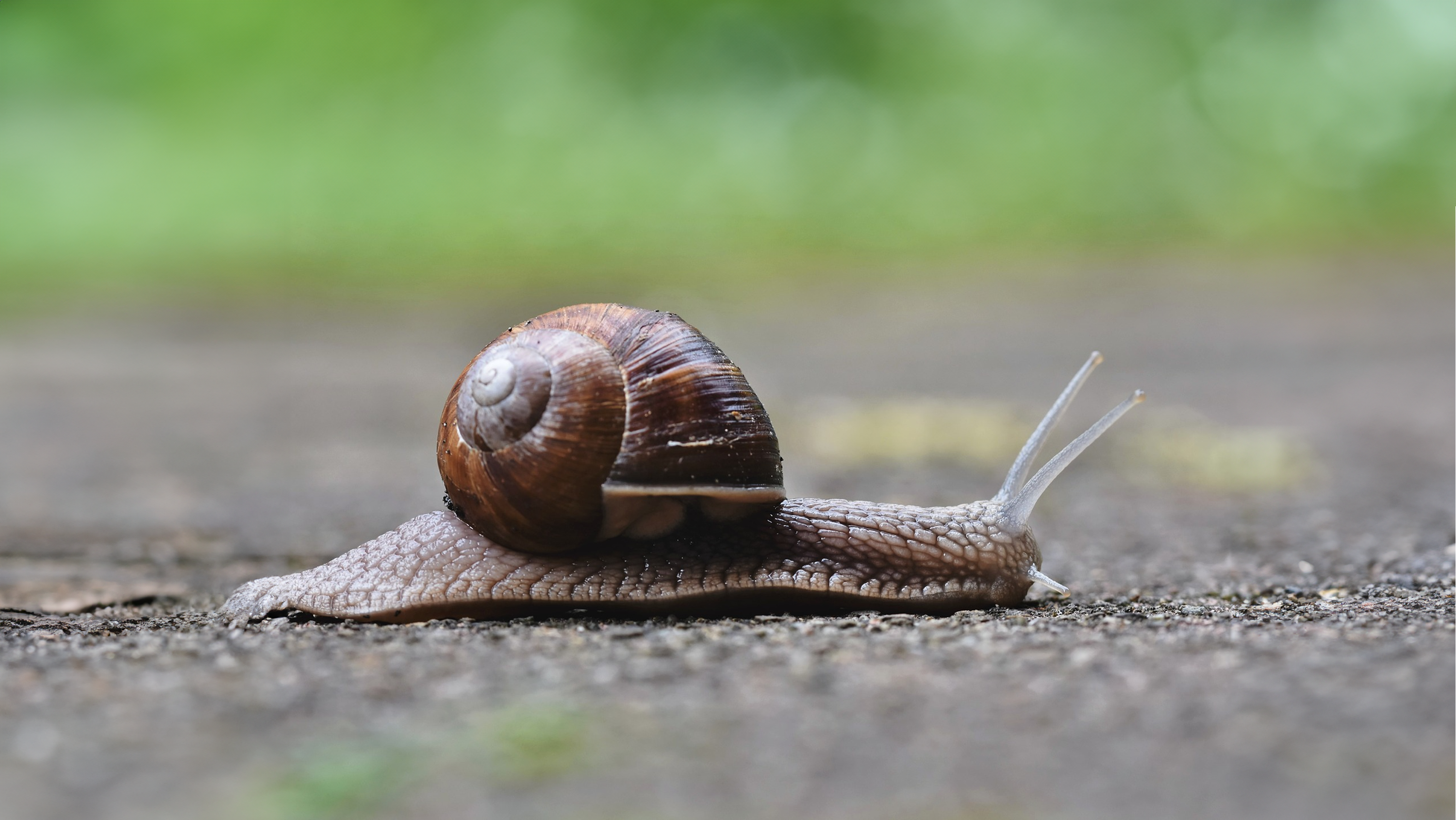Cleopatra, the legendary Egyptian queen renowned for her beauty, is often associated with lavish baths in milk and honey. But what if history has glossed over a slightly less glamorous ingredient in her beauty routine? Buckle up, skincare enthusiasts, because we’re delving into the world of snail secretion filtrate, a beauty ingredient with a surprisingly long history and a future filled with scientific intrigue.
Imagine the shock on archaeologists’ faces if they unearthed evidence of Cleopatra slathering her face with a concoction of crushed snails and sour milk! Well, that’s precisely what the term “snail secretion filtrate” refers to. This seemingly strange practice has roots dating back to ancient Greece. The famed physician Hippocrates reportedly used a mixture of snails and sour milk to treat inflammation. While the exact science behind his methods remains a mystery, it hints at the long-standing belief in the potential benefits of snail-derived substances for skin health.
Fast forward to the 1980s, and the world witnessed a real-life “aha!” moment. Chilean snail farmers, whose hands were constantly exposed to these slimy creatures while working for the French food market, noticed something peculiar. Despite their rough and tumble jobs, their hands remained surprisingly smooth and any cuts seemed to heal remarkably faster. This anecdotal evidence sparked the modern fascination with snail slime as a potential beauty product.
Science is now catching up with this age-old practice. What was once dismissed as a “slimy secret” is now being dissected in laboratories. Research has revealed that snail goo, technically called snail mucin, is a treasure trove of beneficial ingredients. It contains powerhouses like hyaluronic acid, which plumps and hydrates the skin, and glycolic acid, a gentle exfoliant that helps improve texture and reduce fine lines. These discoveries have opened exciting possibilities, with studies even demonstrating promise in using snail mucin to help regenerate human tissue. Patents in China and Korea further highlight its potential for promoting skin regeneration, fighting bacteria, and even offering relief from rosacea, a chronic skin condition.
However, the story of snail mucin isn’t all sunshine and smooth skin. The research on its effectiveness is still in its early stages. Different studies have yielded varying results, suggesting that the benefits might depend on the specific type of snail, the extraction method used to obtain the mucin, and the concentration present in the final product. Additionally, some studies haven’t shown any significant advantages at all. This underscores the need for further research to establish conclusive evidence.
Beyond the scientific uncertainties lies an ethical concern. Snails, it turns out, aren’t exactly enthusiastic about being stressed into slime production. Various methods are used to collect the mucin, and some raise questions about animal welfare. Consumers with ethical considerations might want to investigate the practices of brands they’re interested in.
So, what’s the final verdict on snail secretion filtrate? It has a long and fascinating history, and recent scientific findings show promise. However, more research is required to solidify its effectiveness and develop optimal formulations. If you’re intrigued by this unconventional ingredient, remember to patch test any product before slathering it all over your face. After all, your skin might not be as enthusiastic as Cleopatra’s was, even if the science seems promising!
The future of snail mucin in skincare remains to be written. But one thing’s for sure: the journey from ancient practices to modern science reveals a fascinating story about our enduring quest for healthy, radiant skin, even if it involves some unexpected ingredients.



